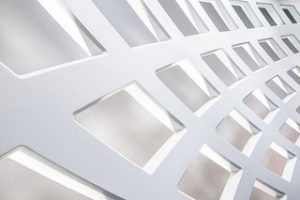Podcast: Play in new window | Download
Subscribe: Apple Podcasts | RSS
 Adam, Brian, Carmen and Jeff discuss theoretical and practical aspects of the design process, as well as the emotional states they experience when engaged in design activities.
Adam, Brian, Carmen and Jeff discuss theoretical and practical aspects of the design process, as well as the emotional states they experience when engaged in design activities.
- Carmen is starting to gain confidence in his design abilities.
- Jeff notes that a lot of his colleagues wanted to be design engineers, but the number of available positions for such work was rather limited.
- Carmen and Jeff agree that the design process was not discussed in any great detail during their college years.
- A wide variety of meanings have been attached to the word “design.” Additionally, the word can be used as either a verb or a noun.
- Brian describes a humorous design concept meeting from the TV series, Silcon Valley.
- A lot of design work goes on outside the realm of product design, notes Carmen.
- Xerox PARC scientists decided that design activities “moved minds,” while engineering activities “moved atoms.”
- In the Rational Design Model, constraints and objectives are known in advance, allowing optimal designs to be created in accordance with a predetermined plan that follows discrete stages.
- In the Action-Centric Design Model, creativity and emotion guide design decisions along an improvised path in which no predetermined structure is evident.
- Brian mentions using the Phase-Gate Model of project management in previous design work.
- Young engineers are warned by Brian to avoid “custom firmware.”
- Jeff mentions a video that attempts to explain the Engineering Design Process to children.
- Steps of the Engineering Design Process include:
- Determine Design Constraints
- Research Existing Issues and Potential Solutions
- Conceptualization
- Feasibility
- Prototype
- Testing
- Evaluate Solution Path
- Detailed design
- Production planning
- Brian and Jeff discuss “creeping featurism.”
- A conversation ensures about emotions associated with the design process.
- Jeff notes that a lot of design work is tedious, meaning that one must enjoy design for its own sake.
Thanks to Julien Belli for use of the photo titled “Design.” Opening music by John Trimble, and concluding theme by Paul Stevenson.